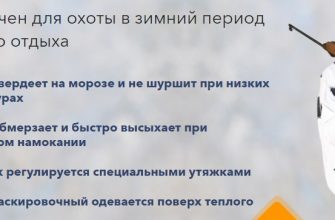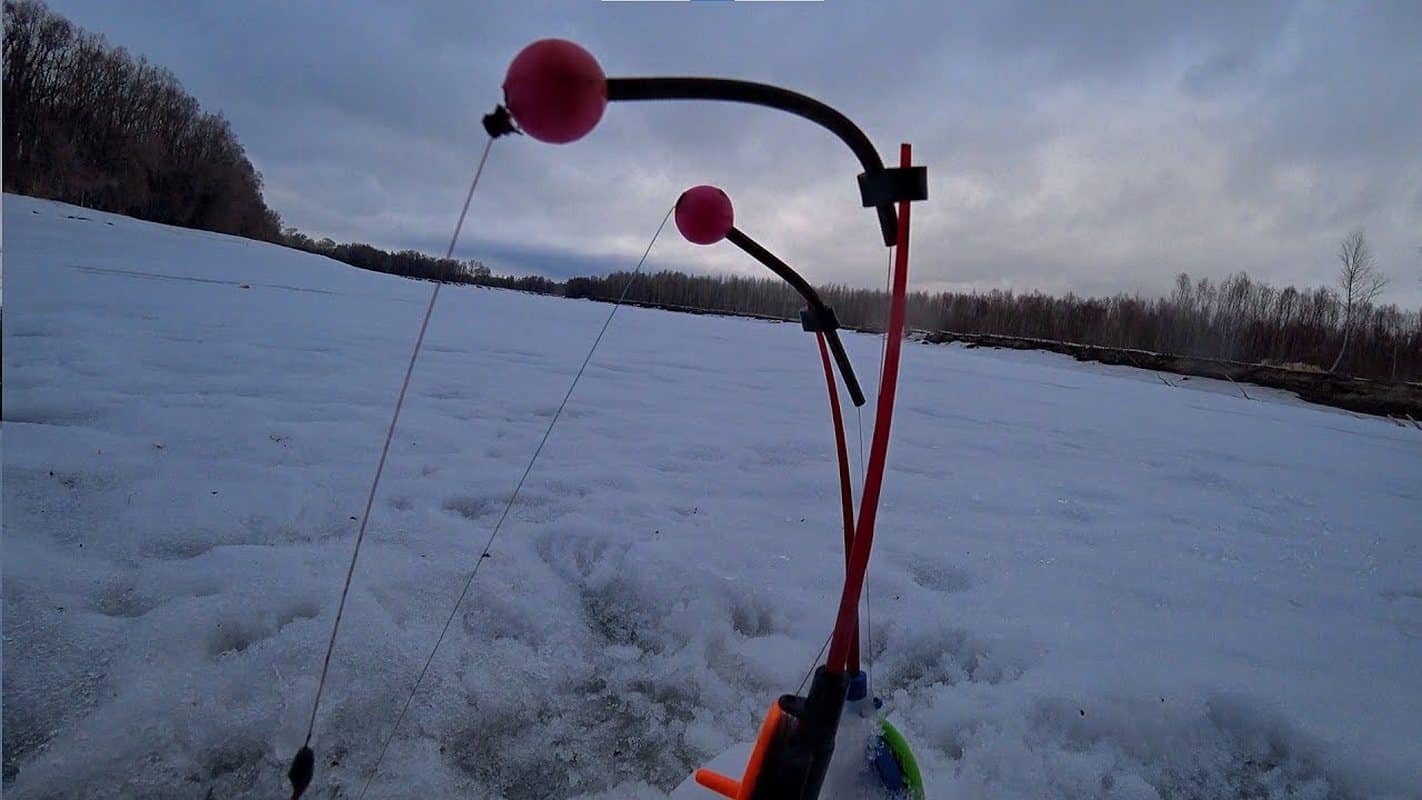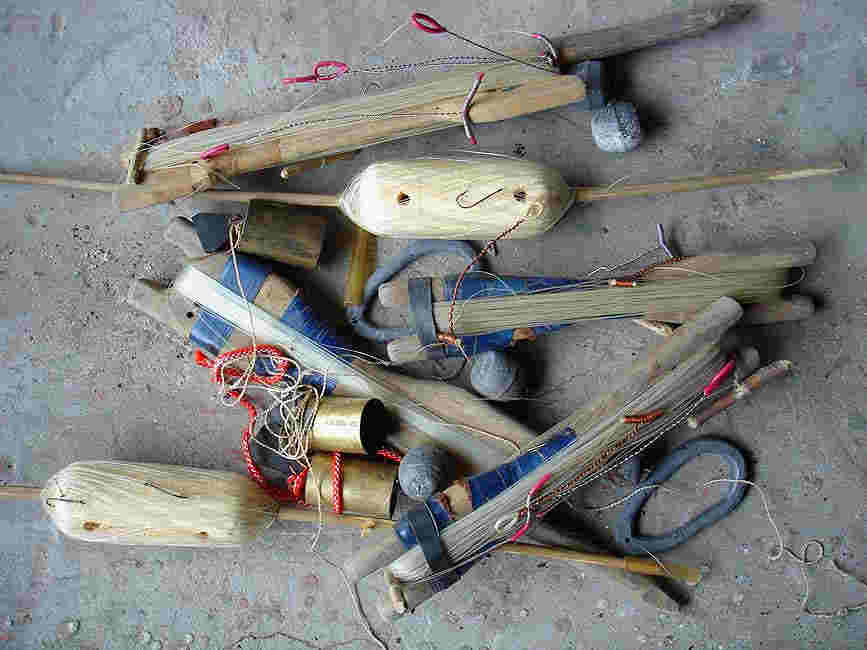Fishing for bream in winter with a float rod has its own characteristics. With the proper knowledge, the process can bring not only moral pleasure, but also good prey.
Winter bream habits
In the cold season, bream leaves shallow water, and spends almost the entire winter season in the deepest parts of the reservoir. In small rivers, fish are rarely found in areas of active flow. After the air temperature drops, the representative of the ichthyofauna moves to the dumps near the pits (the so-called tables) and areas near the underwater ravines.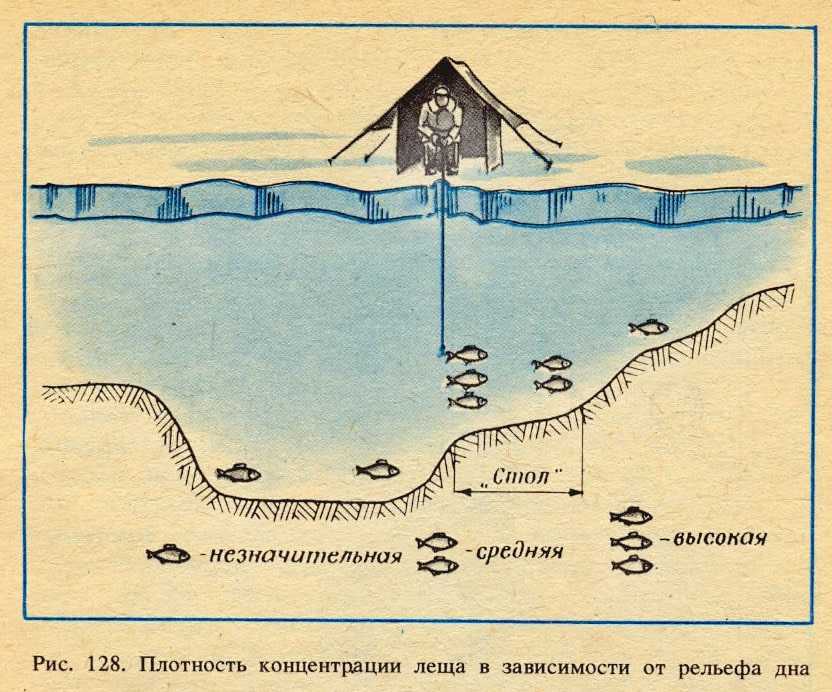
feedingthe place next to them, the angler can only wait for the school to swim past the new landmark. If the angler often visits the pond, such places can be used many times.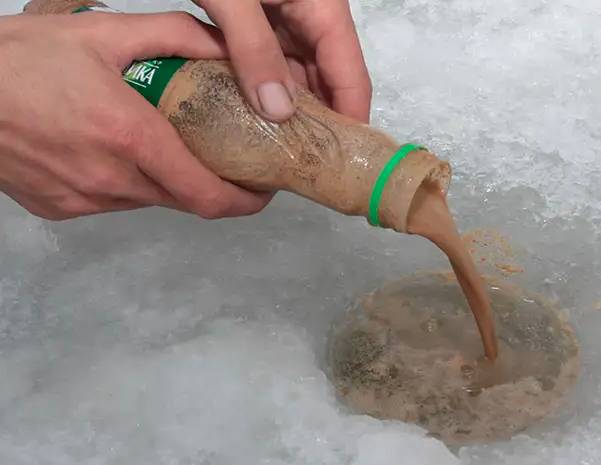
Optimal places while waiting for the bream to bite on the float
Bream rarely changes its place of residence. Accordingly, where the fish pecked in open water, you can go ice fishing.
This does not apply to shallow water, where representatives of this species of ichthyofauna can be found extremely rarely in the cold season.
In winter, bream prefers depths over 4-6 meters. It can also be found in places of sharp drops in depths and other uneven bottom. It makes no sense to move around the reservoir after finding the optimal fishing spot, because In winter, bream tries not to go far from those areas where food can be found and moves around the reservoir, following strictly defined routes. As a rule, these are areas of a silty or clayey bottom.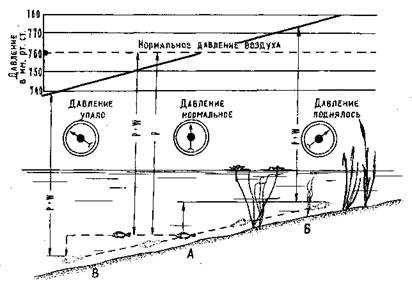
Note! Depending on the specific conditions of the reservoir, the habitats of bream may differ from the standards.
What kind of winter float rod is needed for catching bream
For catching bream with a float, a standard version of a winter fishing rod is suitable
. It should be of medium length and equipped with a comfortable grip. A rigid whip with a length of up to 15 cm is selected . There is no fundamental difference in the choice of a
reel . Almost any model can be used. For those who like to catch bream with a float on winter fishing, you can also advise the options with a nod, as well as simple fishing rods. When fishing for bream, the appearance of the rod is not so important. The main thing is that it is comfortable for the fisherman to hold it in his hands for a long period of time.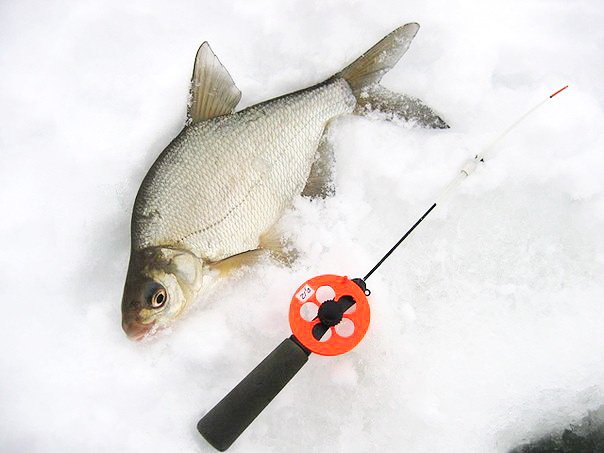
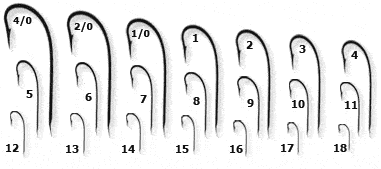
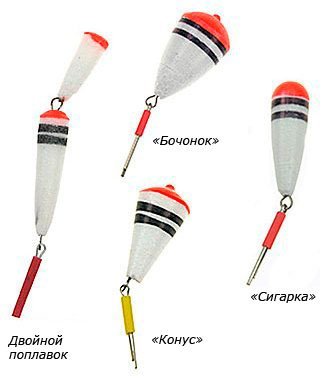
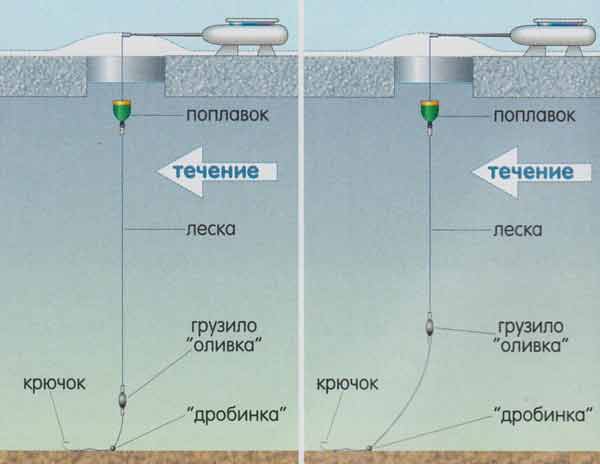
winter float rodon bream is not difficult. The line is thrown onto the reel and tightened with a strong knot. By rotating the handle of the reel, the required amount of fishing line is unwound. A free end is left, which is threaded into the ring on the tip of the fishing rod. A float, sinkers and a hook are put on the fishing line. The assembly process is complete, you can go fishing. Winter float rod – the best rig for bream, ice video: https://youtu.be/W9sG0RERF08
Bait and feeding of winter bream
The main type of bait for catching bream in winter is live
bloodworm . However, it is bought in the store and costs money. So that the bream does not overeat too much at government expense, the bloodworms are diluted with purchased or homemade top dressing. Many anglers mix bloodworms with silt or bottom debris to increase the chances of a rich catch. The fact is that in winter the fish obtains food for themselves in a similar environment. Accordingly, the use of this mixture will increase the chances of lulling the vigilance of the bream and luring it to your hook.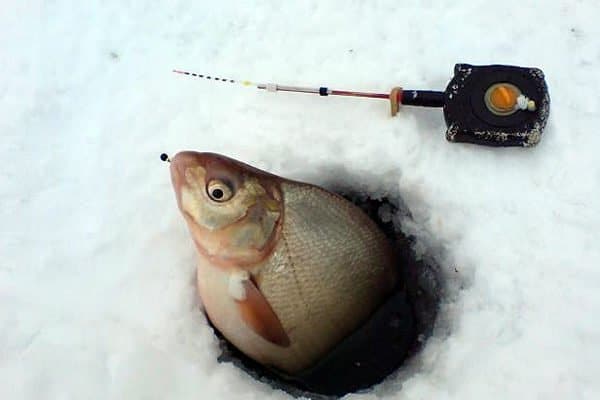
Note! Before feeding the hole, it is better to at least roughly try to determine the place where the fish may be.
Bream constantly moves through the reservoir in search of food, so the effect of bait can be minimized, because the fish simply won’t see the bait. This problem is solved by welding. The essence of the method is to throw a small amount of groundbait into a certain place in the reservoir every day. Over time, the bream will become interested in where the food comes from in the water, and will visit this place on a regular basis.
Technique for catching bream in winter from ice to a float
In the first half of winter, bream tries to stay close to uneven bottom. It is to them that the main attention is paid when sounding a reservoir. It should not be forgotten that the bream may not be at the deepest point, but slightly above it. In order to locate the fish, it is recommended to drill 7-9 holes at a distance of about 10 meters from each other. When fishing for bream on a float in winter, it makes no sense to constantly change your place. It is enough just in a few casts to find out a promising place and never leave it. The interval between them is about 5 minutes. If you find a jamb, you can drill a few more holes nearby and install a second or third winter float rod on the bream. You can put the bloodworm on the hook either one at a time or in bunches. The optimal amount is selected separately for each reservoir.A bite of the bream is reported by the float ascending and tilting to one side. Less often, the float begins to move smoothly from side to side or completely disappears under water.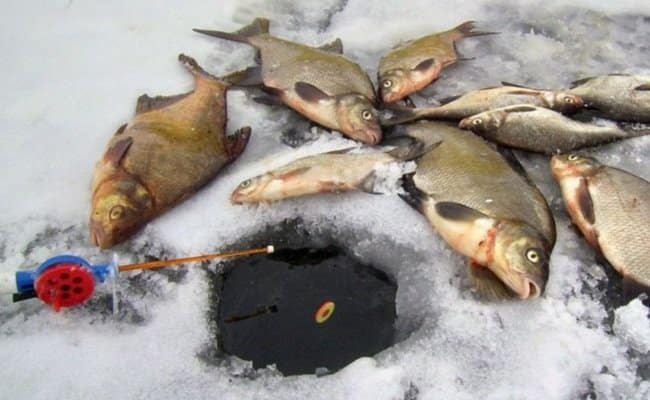
Note! The bream is very careful and can be frightened of any sudden movement, therefore, after taking a bite, you need to quickly react and make a sweep.
If the fish is not very active and just gently shakes the float, you should not hook it until the very moment when the float goes up. Sometimes it doesn’t. Most likely, the bream pricked itself on the sting of the hook and got scared. When fishing at a depth of more than 5 meters, the sweep is performed with a sharp wave of the hand from half a meter. Some fishermen note a change in bream habitat, depending on the winter period:
- after the establishment of the first ice in areas up to 3 meters deep;
- in the wilderness – from 4 meters and at maximum depths;
- on the last ice – at depths from 1.5 to 4 meters.
As practice shows, bream bites more actively in a thaw or sunny, calm weather. On the contrary, with severe frosts, snowfall and sudden changes in atmospheric pressure, the probability of catching this representative of the fish fauna decreases.
Fishing for bream with a float rod in winter: https://youtu.be/5IAsOlC55N4
Catching at night
To lure bream on a
night fishing trip , an ordinary paraffin candle is placed next to the hole, the flame of which may interest the fish. It is recommended to fish from a
tent , which will protect the winter angler from wind, snow and frost. You will also need to purchase a headlamp with a powerful battery. A bite can be expected immediately after dark. After about midnight, the activity of the bream decreases, and then resumes again around 3-4 o’clock in the morning.
Note! For a more comfortable stay in the tent, you can use a regular folding bed. Some people fish directly from it.
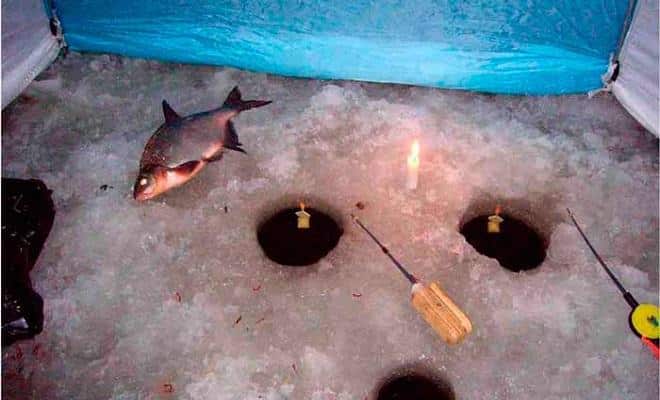
Tips and Secrets
Fishing for bream in winter has its own characteristics, which should not be forgotten if the angler does not want to come home empty-handed:
- no need to create unnecessary noise;
- it is recommended to use several types of baits;
- it is better to use feeders for bait;
- waiting for the first bite can take several hours, after which there is a whole school of fish next to the hole, which ensures uninterrupted biting for a long time.

